目录
- 👉用队列实现栈
- 👉用栈实现队列
👉用队列实现栈
入口:OJ
题目描述:
请你仅使用两个队列实现一个后入先出(LIFO)的栈,并支持普通栈的全部四种操作(push、top、pop 和 empty)。
实现 MyStack 类:
void push(int x) 将元素 x 压入栈顶。
int pop() 移除并返回栈顶元素。
int top() 返回栈顶元素。
boolean empty() 如果栈是空的,返回 true ;否则,返回 false 。
代码展示:
typedef int QDataType;
typedef struct QueueNode
{
QDataType data;
struct QueueNode* next;
}QNode;
typedef struct Queue
{
QNode* head;
QNode* tail;
int size;
}Queue;
void QueueInit(Queue* pq)
{
assert(pq);
pq->head = NULL;
pq->tail = NULL;
pq->size = 0;
}
void QueueDestroy(Queue* pq)
{
assert(pq);
QNode* cur = pq->head;
while (cur)
{
QNode* del = cur;
cur = cur->next;
free(del);
}
pq->tail = pq->head = NULL;
}
void QueuePush(Queue* pq, QDataType x)
{
assert(pq);
QNode* newnode = (QNode*)malloc(sizeof(QNode));
if (newnode == NULL)
{
perror("malloc fail");
exit(-1);
}
newnode->data = x;
newnode->next = NULL;
if (pq->tail == NULL)
{
pq->tail = pq->head = newnode;
}
else
{
pq->tail->next = newnode;
pq->tail = newnode;
}
pq->size++;
}
bool QueueEmpty(Queue* pq)
{
assert(pq);
return pq->head == NULL && pq->tail == NULL;
}
void QueuePop(Queue* pq)
{
assert(pq);
assert(!QueueEmpty(pq));
if (pq->head->next == NULL)
{
free(pq->head);
pq->head = pq->tail = NULL;
}
else
{
QNode* del = pq->head;
pq->head = pq->head->next;
free(del);
}
pq->size--;
}
QDataType QueueFront(Queue* pq)
{
assert(pq);
assert(!QueueEmpty(pq));
return pq->head->data;
}
QDataType QueueBack(Queue* pq)
{
assert(pq);
assert(!QueueEmpty(pq));
return pq->tail->data;
}
int QueueSize(Queue* pq)
{
assert(pq);
return pq->size;
}
typedef struct {
Queue q1;
Queue q2;
}MyStack;
MyStack* myStackCreate() {
MyStack* obj = (MyStack*)malloc(sizeof(MyStack));
QueueInit(&obj->q1);
QueueInit(&obj->q2);
return obj;
}
void myStackPush(MyStack* obj, int x) {
if(!QueueEmpty(&obj->q1))
{
QueuePush(&obj->q1,x);
}
else
{
QueuePush(&obj->q2,x);
}
}
int myStackPop(MyStack* obj) {
Queue* empty = &obj->q1;
Queue* nonempty=&obj->q2;
if(!QueueEmpty(&obj->q1))
{
empty=&obj->q2;
nonempty=&obj->q1;
}
while(QueueSize(nonempty)>1)
{
QueuePush(empty,QueueFront(nonempty));
QueuePop(nonempty);
}
int top=QueueFront(nonempty);
QueuePop(nonempty);
return top;
}
int myStackTop(MyStack* obj) {
if(!QueueEmpty(&obj->q1))
{
return QueueBack(&obj->q1);
}
else
{
return QueueBack(&obj->q2);
}
}
bool myStackEmpty(MyStack* obj) {
return QueueEmpty(&obj->q1)&&QueueEmpty(&obj->q2);
}
void myStackFree(MyStack* obj) {
QueueDestroy(&obj->q1);
QueueDestroy(&obj->q2);
free(obj);
}
👉用栈实现队列
入口:OJ
题目描述:
请你仅使用两个栈实现先入先出队列。队列应当支持一般队列支持的所有操作(push、pop、peek、empty):
实现 MyQueue 类:
void push(int x) 将元素 x 推到队列的末尾
int pop() 从队列的开头移除并返回元素
int peek() 返回队列开头的元素
boolean empty() 如果队列为空,返回 true ;否则,返回 false
代码展示:
typedef int STDatatype;
typedef struct Stack
{
STDatatype* a;
int capacity;
int top;
}ST;
void StackInit(ST* ps)
{
assert(ps);
ps->a = (STDatatype*)malloc(sizeof(STDatatype) * 4);
if (ps->a == NULL)
{
perror("malloc fail");
exit(-1);
}
ps->top = 0;
ps->capacity = 4;
}
void StackDestroy(ST* ps)
{
assert(ps);
free(ps->a);
ps->a = NULL;
ps->capacity = 0;
ps->top = 0;
}
void StackPush(ST* ps, STDatatype x)
{
assert(ps);
if (ps->top == ps->capacity)
{
STDatatype* tmp = (STDatatype*)realloc(ps->a, ps->capacity * 2 * sizeof(STDatatype));
if (tmp == NULL)
{
perror("realloc fail");
exit(-1);
}
ps->a = tmp;
ps->capacity *= 2;
}
ps->a[ps->top] = x;
ps->top++;
}
bool StackEmpty(ST* ps)
{
assert(ps);
return ps->top == 0;
}
void StackPop(ST* ps)
{
assert(ps);
assert(!StackEmpty(ps));
ps->top--;
}
STDatatype StackTop(ST* ps)
{
assert(ps);
return ps->a[ps->top - 1];
}
typedef struct {
ST pushst;
ST popst;
} MyQueue;
bool myQueueEmpty(MyQueue* obj);
MyQueue* myQueueCreate() {
MyQueue* pq = (MyQueue*)malloc(sizeof(MyQueue));
StackInit(&pq->pushst);
StackInit(&pq->popst);
return pq;
}
void myQueuePush(MyQueue* obj, int x) {
assert(obj);
StackPush(&obj->pushst, x);
}
int myQueuePop(MyQueue* obj) {
assert(obj);
assert(!myQueueEmpty(obj));
int peek = myQueuePeek(obj);
StackPop(&obj->popst);
return peek;
}
int myQueuePeek(MyQueue* obj) {
assert(obj);
assert(!myQueueEmpty(obj));
//到数据
if (StackEmpty(&obj->popst))
{
while (!StackEmpty(&obj->pushst))
{
StackPush(&obj->popst, StackTop(&obj->pushst));
StackPop(&obj->pushst);
}
}
return StackTop(&obj->popst);
}
bool myQueueEmpty(MyQueue* obj) {
assert(obj);
return StackEmpty(&obj->pushst) && StackEmpty(&obj->popst);
}
void myQueueFree(MyQueue* obj) {
assert(obj);
StackDestroy(&obj->pushst);
StackDestroy(&obj->popst);
free(obj);
}


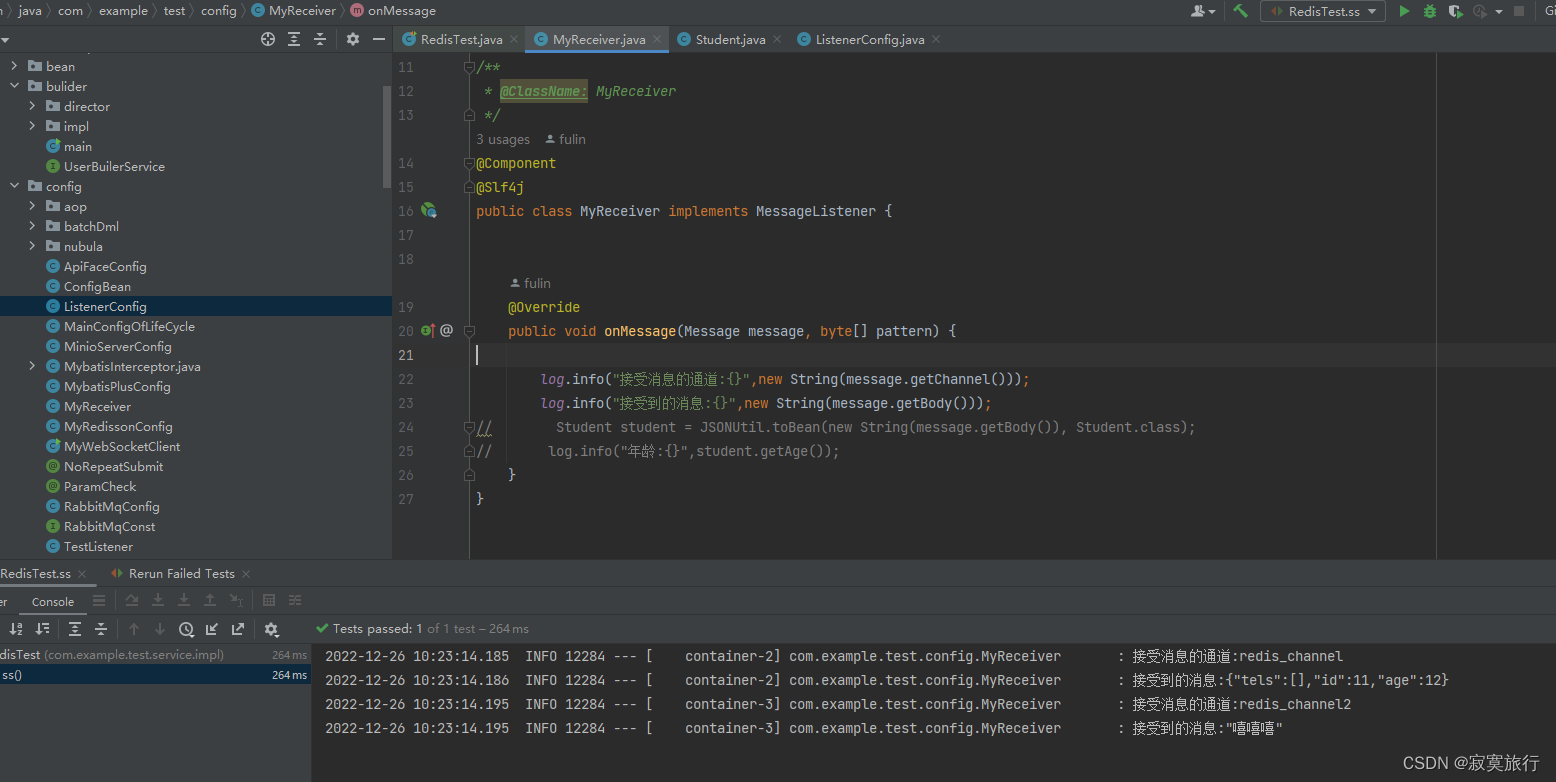



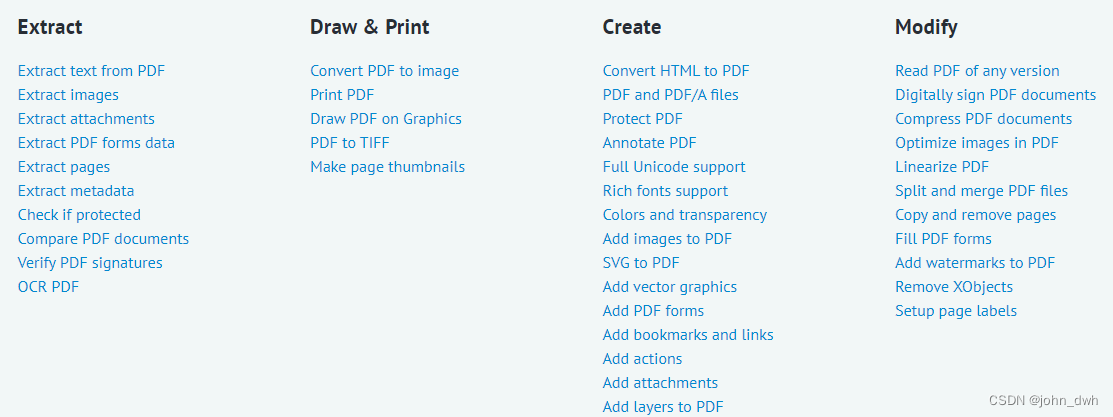

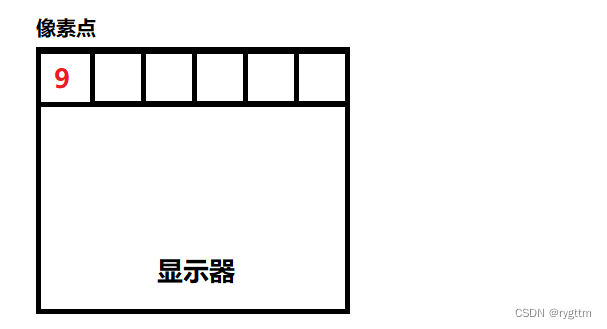


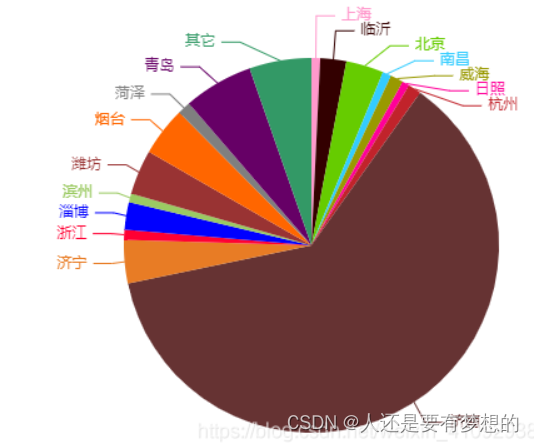

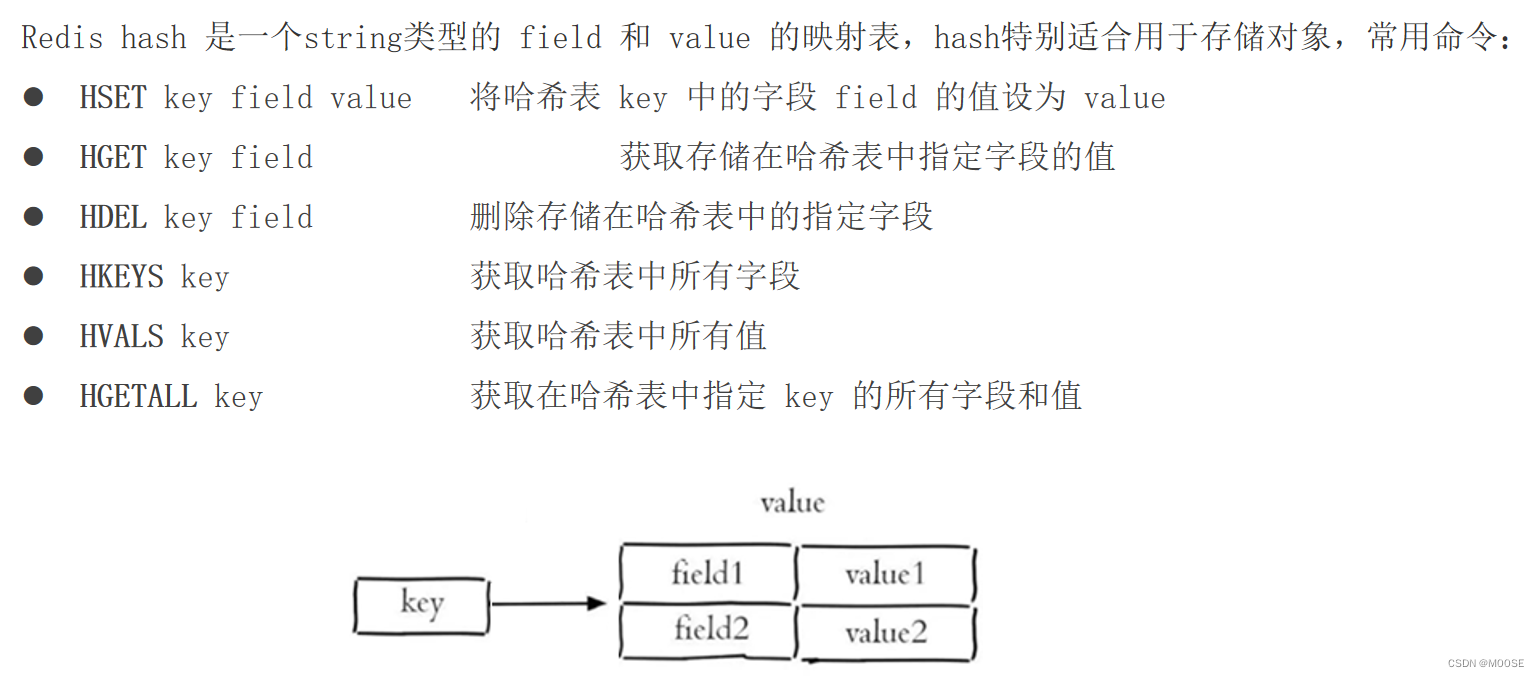


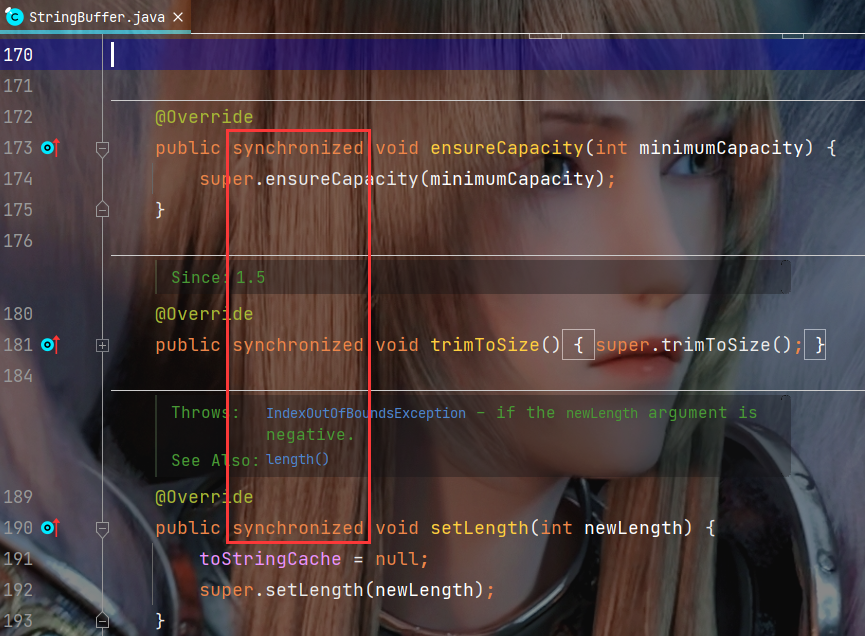
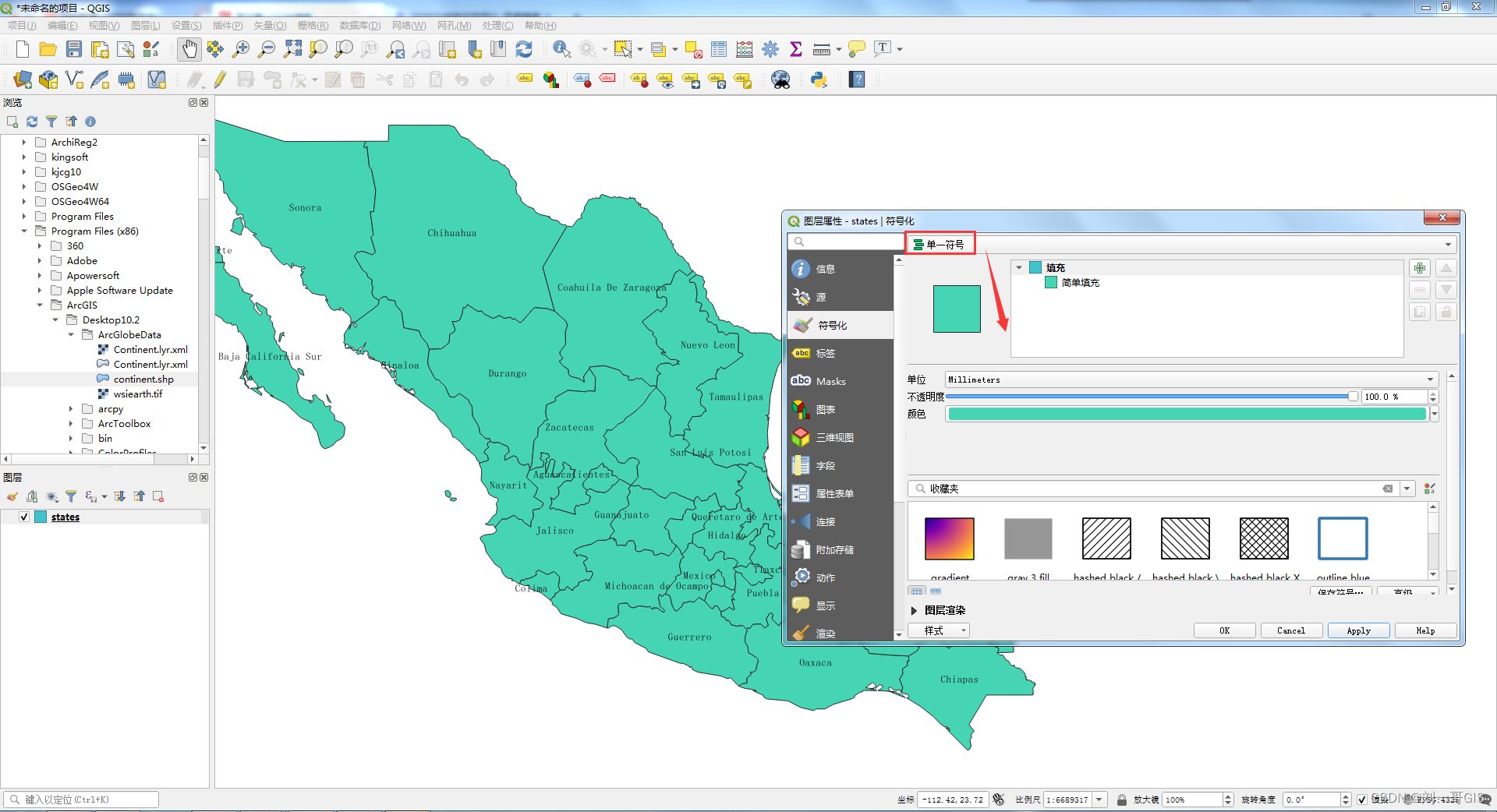

![[Flask]数据库的连接和操作](https://img-blog.csdnimg.cn/1dad048e81824ea1bd06c5e1d283bcfb.png)

